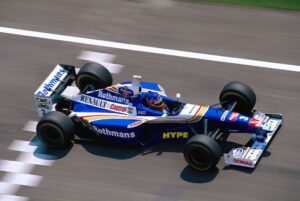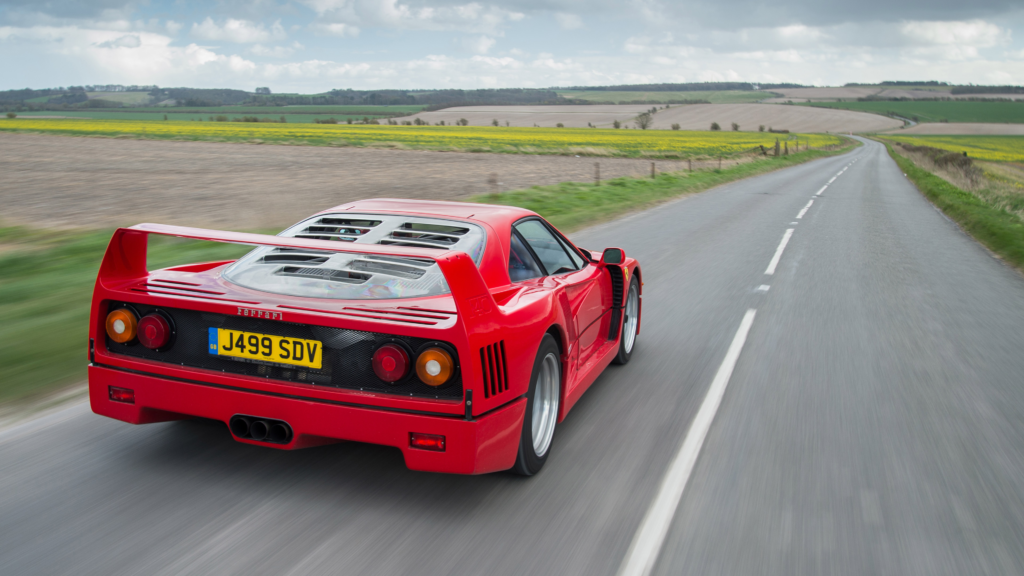
Between the Late ’80s and early 90s, cars like Ferrari F40, Lamborghini Diablo and Porsche 959 were considered high-speed cars. Still, some of them were not cheap to run, some were unreliable, and some were straight-up race cars for the road, which required a team of people to maintain them properly. But there was 1 supercar, that was cheap to run, fast, and reliable, the Honda NSX launched back in 1990, NSX was the car that proved that supercars can be reliable as well, it was fast but engaging and fun, and it was easy to drive it fast for ordinary drivers as well.
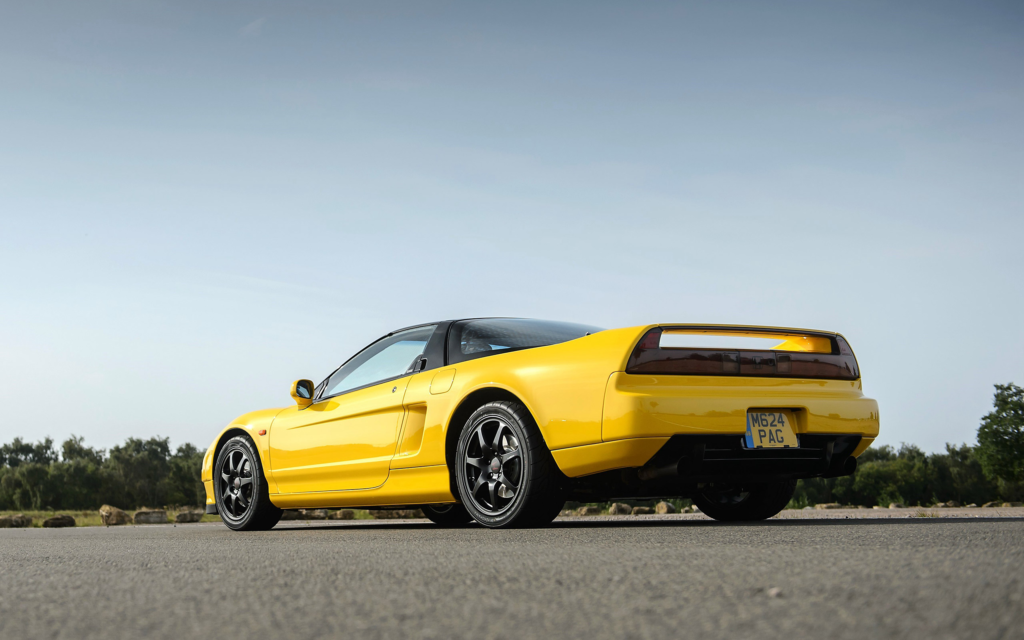
And at that time Honda was also the engine partner for the McLaren, so Honda provided the NSX to the McLaren drivers as their daily driver, and one of those drivers to get behind the wheel of the NSX was one of the G.O.A.Ts in Formula 1, the Artyon Senna, who was also involved in the NSX project, and when he used to drive his NSX to the HQ every day, Gordon Murray the head designer at the McLaren Honda Formula 1 team got mesmerised with the sheer performance, design and perfection of the NSX, and when Gordon drove it, he tasted the world’s sweetest automotive fruit of that time.
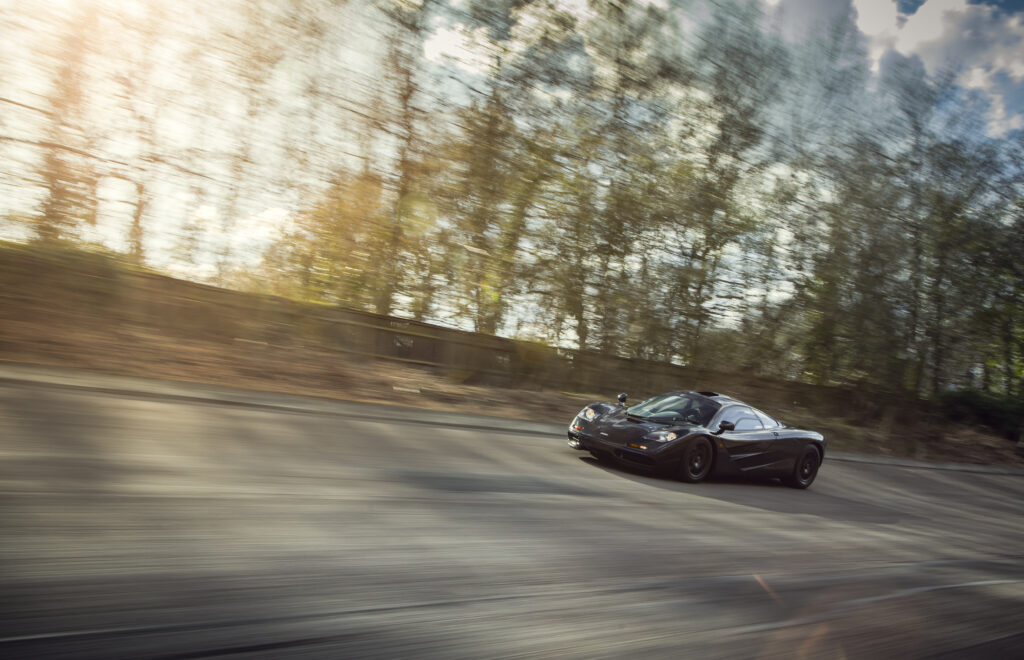
And from the NSX he got the inspiration to create something that will completely change the definition of ‘Fast’, let’s go back to the year 1988 when Gordan Murray was enjoying cigarettes and a hot cup of coffee with the director of McLaren Racing Creighton Brown, the McLaren Racing team manager Ron Dennis, and the financial backbone of McLaren Racing Mansour Ojjeh, with all 4 together they were called the McLaren 4, and at that coffee table, they discussed that teams like Ferrari and Lotus they race in the Grand Prix, but they also sell road cars, and after discussing all this, they made a plan to create not a supercar, but the best road car in the world, and while creating an on-paper plan, they were unaware about that they were creating the plan for a masterpiece that will change the definition of the ‘Perfect Road Car’.
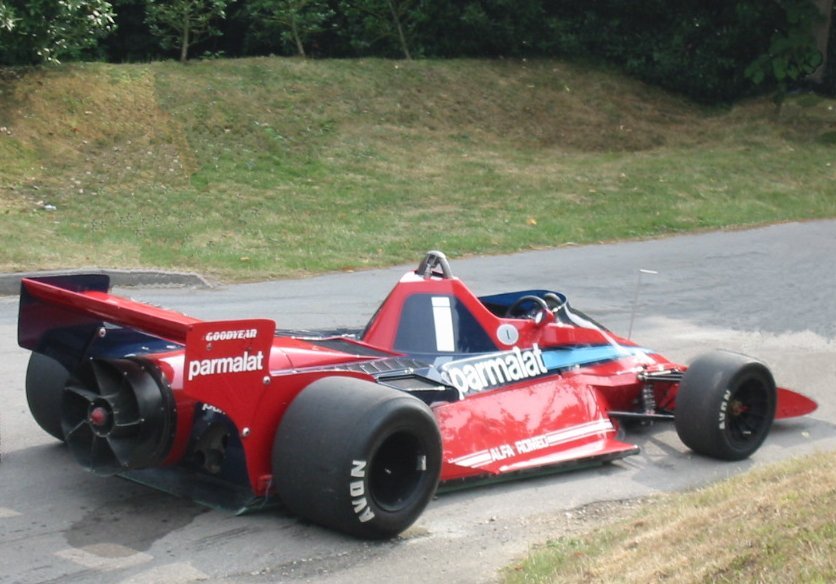
Well, as Gordon is known as the pioneer in race car design, who designed controversial yet unique F1 cars like the Brabham BT46B or ‘The Fan Car’, with the same mindset he decided to create something unique with no rules and no limits, and started to portraying and to design sketches of a car that will remain revolutionary in the coming years. And to create such kind of masterpiece they created a manifesto and list out some important points on which the whole project will be based like the car should be created with F1 technology, must not weigh more than 1,000kgs, had to be a maximum width of 1.8m, and the front and rear overhangs must be shortened, and it should be drivable at low speeds, be stable at high speeds, had to be comfortable, the majority of the mass of the car’s mass must be between the wheels, and most importantly it must survive on roads, without any reliability issues. And in terms of an overall vehicle, It was supposed to be as reliable as the NSX, had to look beautiful and had to be faster than any other supercar.
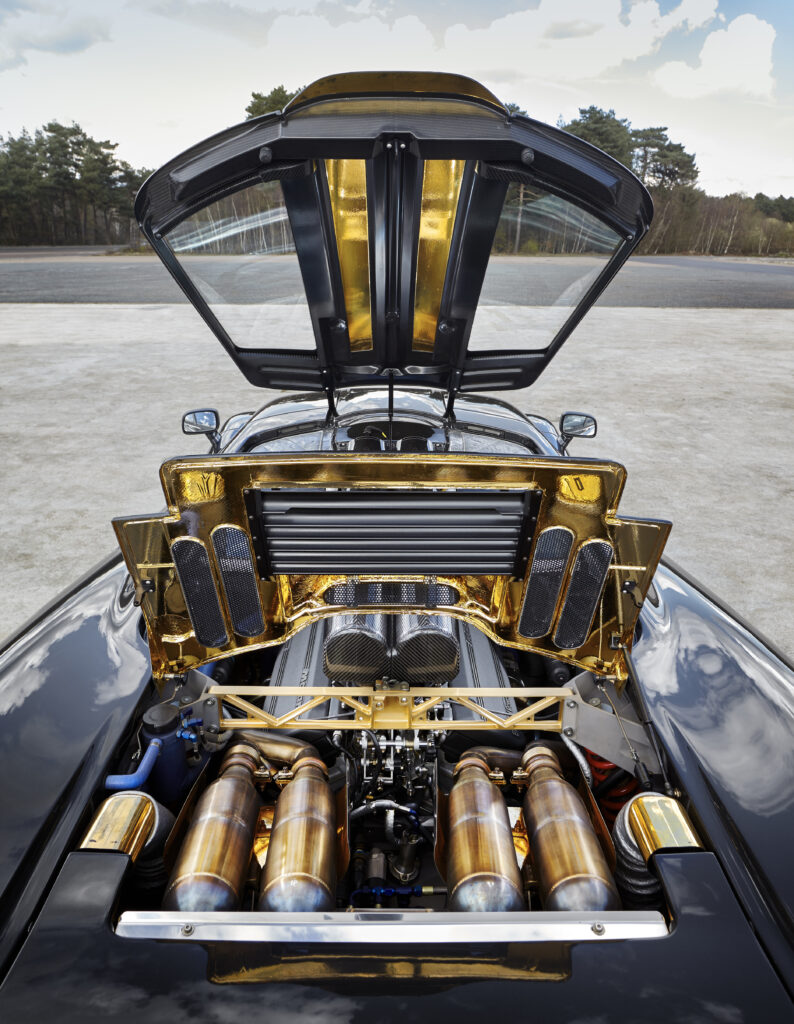
Murray was not interested in what will be the top speed or what will be its 0-100km time, he hated cars that only and only based on 0-100km time and the top speed, Murray made sure that this will not be a race car for the road, it had to be built as an ultimate road car, a road car with no rules, but making it with no rules, Gordon Murray ended up creating more rules than any other designer in the world should, because he is the man of details and perfection, and that’s why he put together a team of some brilliant masterminds of designers like the Peter Stevens, who had designed the Lotus Elan M100 and Steve Randale, who was a pioneer in designing car chassis with the computer, and that led Gordon to create a no-compromise car made with advanced materials like carbon fibre, titanium and gold.
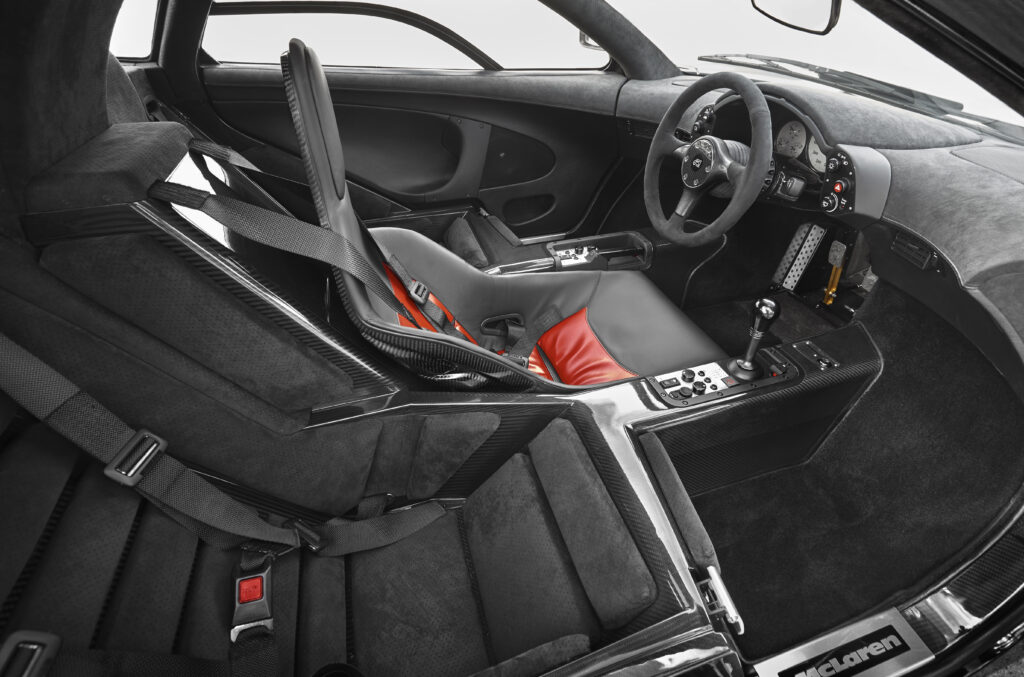
Gordon made sure that the car has to be driver-focused with the driver sitting in the middle like a Formula 1 driver but with 2 co-passenger seats on the left and right side of the driver, it needed to have luggage space, and it had to be reliable, these measures will help to make it the ultimate road car. And it would need instant throttle response and a pure driving feel, but with no traction control or ABS or any kind of stability control, cause Gordon believed that these kinds of safety tech will take away the control of the car from the driver, and these controls in any car not make them the ultimate driver’s car.
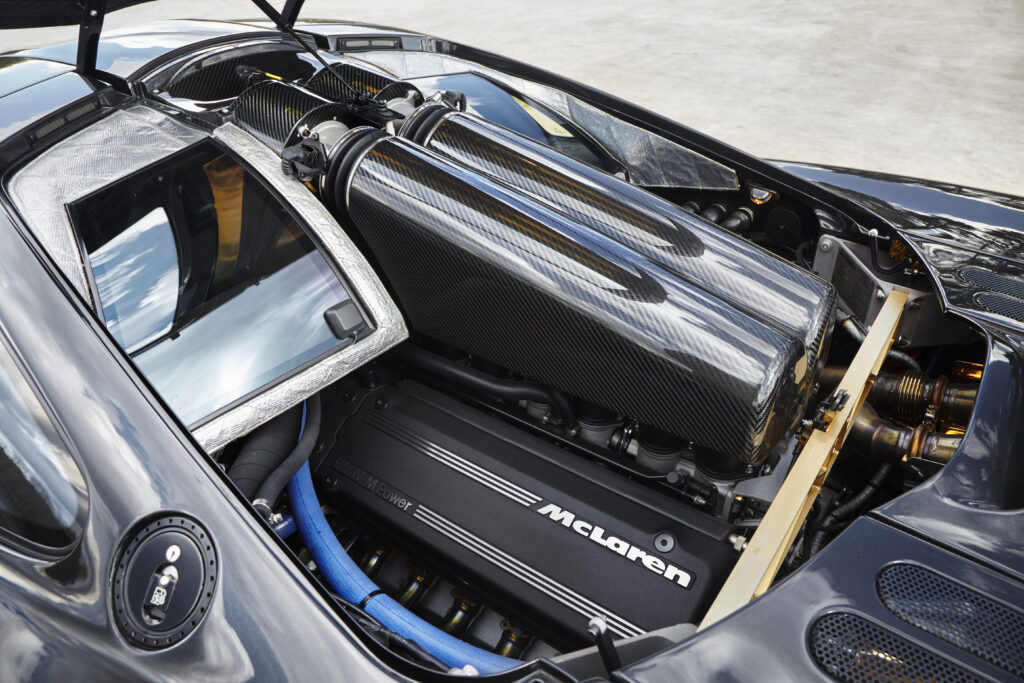
Gordon Murray could create the perfect design and perfect chassis, but one thing he didn’t know was the perfect engine for its ultimate road car, Gordon Murray needed it to be powered with a naturally aspirated V12 with at least a capacity of 100hp per litre and with least 5.5L of total capacity that will at least able to put out 550hp @7500rpm, and it had to weigh under 250kgs. The engine had to run for a long period of time with no major reliability issues, but during the 90s the engine that Gordon demanded, was never found in the supercars of that era, and not even in the race cars, but he wanted the impossible, as the NSX is one of his favourite cars of all time and Honda was the engine partner with McLaren Racing, he first approached Honda, but Honda refused to build a V12 engine over 300hp for a road car, but that didn’t stop Gordon not trying, then he approached Ferrari as well, but as they were creating unreliable engines like almost every other European car manufacturer at that time, Gordon backed off. He also went to approach the Isuzu as well, because they had what Gordon needed, the P799WE V12, but Ron Dennis the McLaren Racing Team Manager and one of the team members of the brand, had refused to go with the Isuzu cause these hadn’t proved them yet.
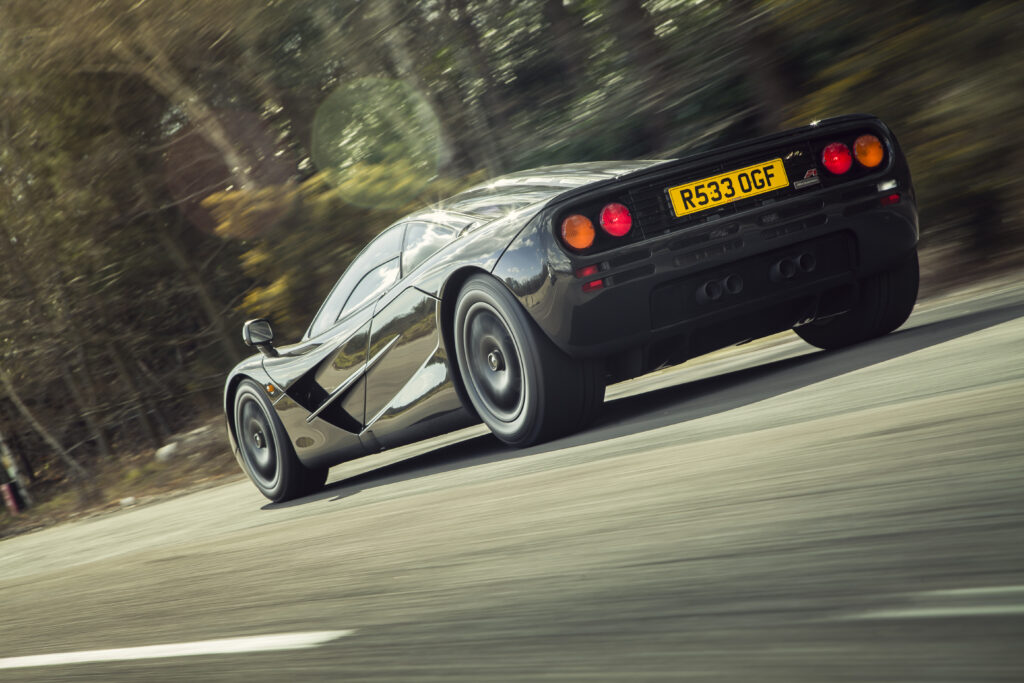
Then comes Paul Rosche in the frame, Paul worked with Gordan, because before Gordon had worked for McLaren Honda Racing, he worked with Paul who was the designer of BMW racing engines, so when Gordon approached Paul, he didn’t refuse to work on the project with Gordon, then BMW produced the S70/2 6.1L naturally aspirated aluminium forged V12, which was able to put out 672hp, which was a masterpiece of an engine but was 9kgs heavier than Gordon’s requirement, but it was also ahead of 100hp per litre mark, but with the gearbox, Gordon didn’t want the flywheel to be attached, Because he convinced BMW that the S70/2 60 degree V12 is better why the car needs a flywheel, as per what Gordon needed, the McLaren F1 doesn’t have a flywheel.
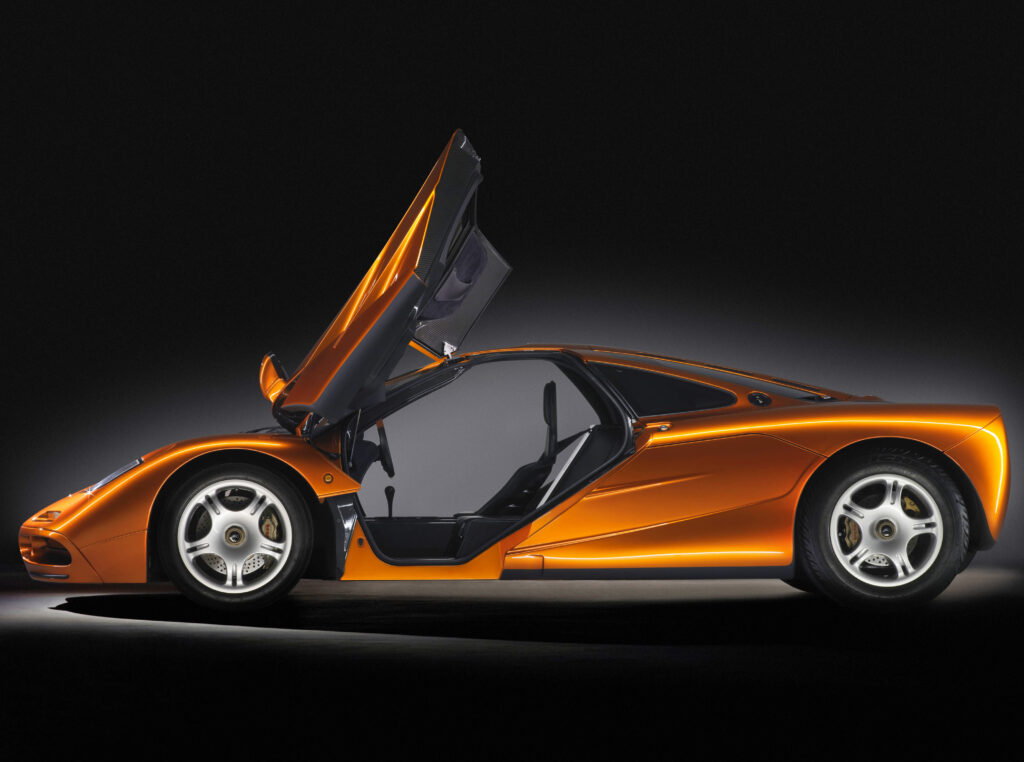
Being the perfect road car, the McLaren got some features that were an industry first including active intelligent brake cooling, and like the Brabham BT46 that Gordon had designed, he extracted some quirks of that car and placed it into the F1, especially he added fan assisted underbody downforce effects to keep the car stick to the ground, and as Gordon wanted the F1 to be lightweight as possible, the engine was part of the suspension, it was load bearing, which made it so light, even than the Honda Jazz hatchback.
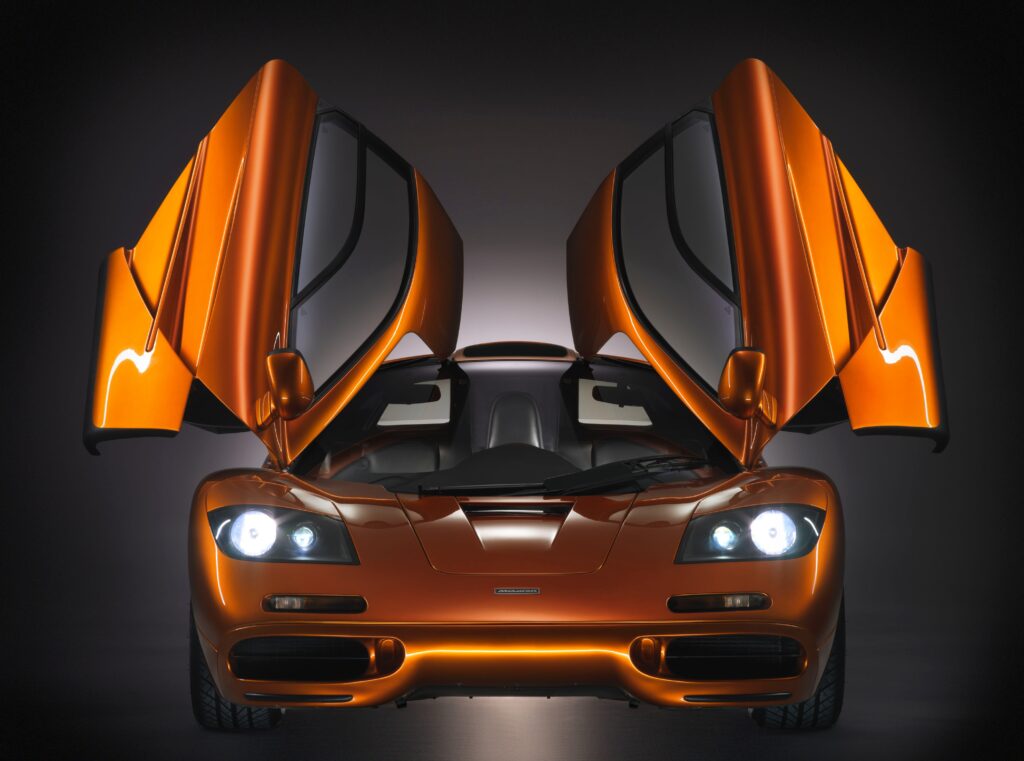
After 1000s of models were built, out of which the best 4 were chosen to go through more than 1000 wind tunnel tests, and in 1991 they sculpted the final clay model and set it next to the Honda NSX because Gordon loved the NSX so much, he always wanted to create a smaller and the most powerful NSX that the world as ever seen, and after months of meticulously challenging to create the world’s first ultimate road car, the McLaren had finally started the production of the F1. As mentioned earlier, supercars like the Ferrari F40 and the Porsche 959 were dominating and fast at that point in time, but the McLaren F1 was so fast that it had outrun both of them, after 0-100 the 959 gets starting to fade off while being head to head with the F1, and it left the F40 way behind after 160kmph, and all this was done by a car with 3-seats, with luggage space, with the capability to be driven by anybody, which provides a comfortable ride like a GT car and which is not meant to be that fast.
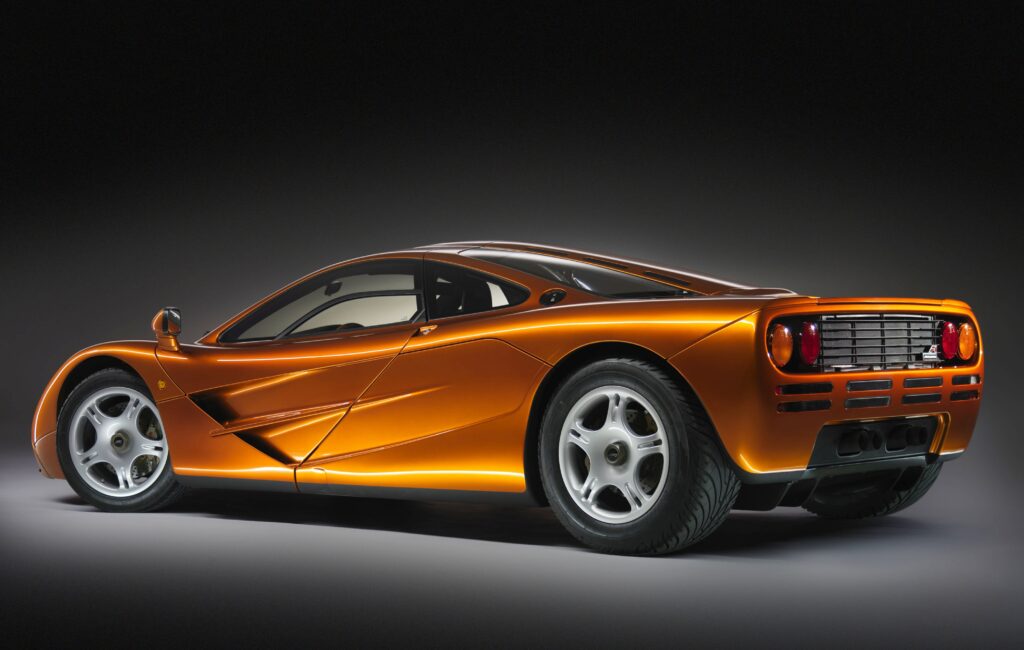
But one day a customer who used to travel from Cologne to Frankfurt in his F1, came to McLaren with a complaint of a misfire with his F1, and when McLaren took out the ECU and downloaded the data, they went completely out of their minds, when they asked when he was feeling the misfire, he said around 197mph or 317kmph, because while he was commuting from Cologne to Frankfurt daily, he was pushing his F1at 200mph or 322kmph, and from there the McLaren engineers knew that the F1 can go further 322kmph, but Murray didn’t care about that part, for him driver engagement was the first priority then was the performance, but one day in Wolfsburg, Germany at the Volkswagen test track, Andy Wallace drove one of the well maintained F1 prototypes called the XP5 and reached at a top speed of 391kmph or 243mph and broke the top speed record of a production car, and till date, not a single naturally aspirated car managed to reach even close to that top speed, and that makes the F1 world’s 1st ‘Ultimate Road Car’ ever.
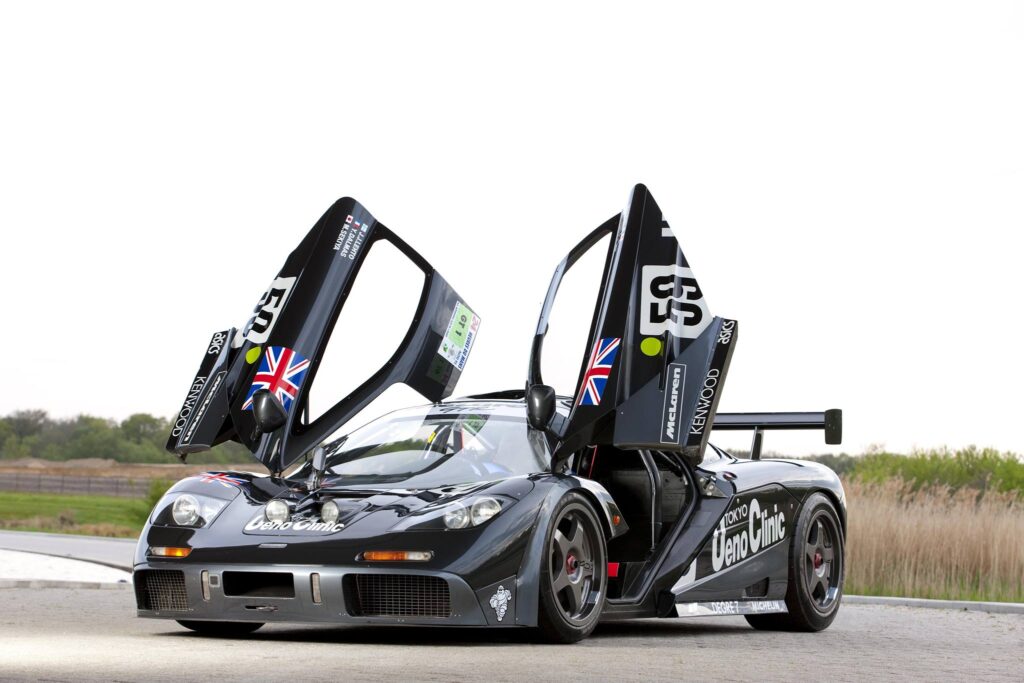
And the world’s 1st Ultimate Road Car had also become the world’s 1st ‘Ultimate Racing Car’ too, well Gordon liked it or not, the sheer aerodynamic design and engineering of the F1 were all handled and crafted by the world’s best engineers who were former race engineers, and that made McLaren race ready since its production had begun, and because of it Gordon agreed to produce 9 race ready F1s designated ad F1 GTR, they added a roll cage, tighten up the steering, upgraded the brakes and spent only one day in the wind tunnel to give it an extra downforce, and 7 of those 9 race ready F1s entered into the 24hrs Of LeMans, and one of those 7 McLaren GTRs went on to win the race and set a top speed record at the Mulsanne straight by doing 174.6mph or 281kmph. So that was the journey of the car that was supposed to be ‘The Ultimate Road Car’, went on to become the ‘World’s Fastest Naturally Aspirated Production Car’ to enter racing and to win the world’s toughest endurance race ‘The 24hrs of LeMans.
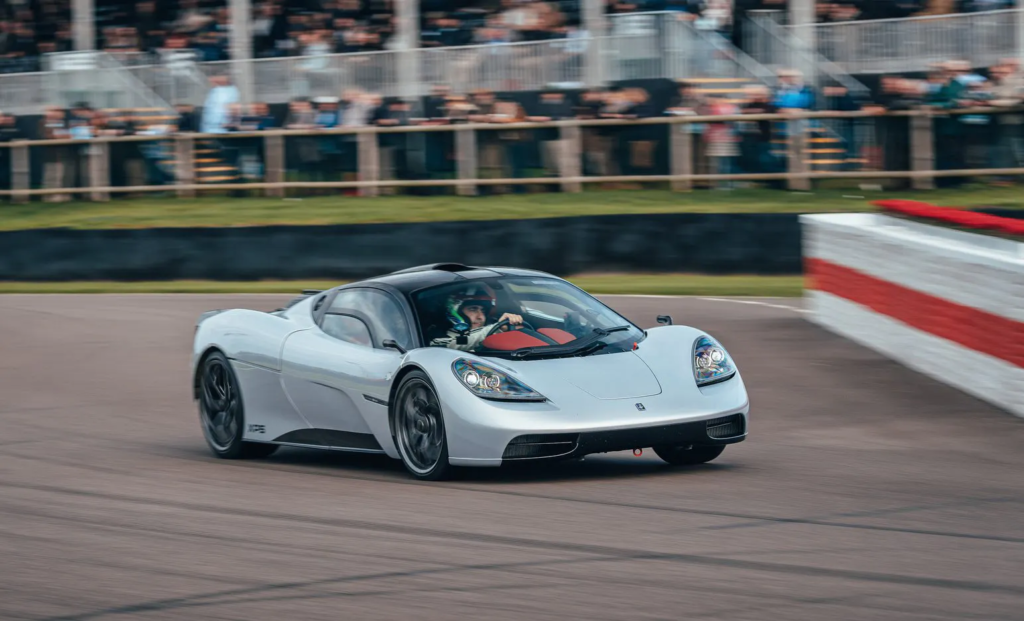
But then you will ask, why this speed record will probably be unbeatable? Because since the F1 we got many naturally aspirated supercars and hypercars like the Lamborghini Aventador, Pagani Zonda R and so on, no one came close to the 391km top-speed mark, and as the world is moving towards the EV era, we won’t be able to see any naturally aspirated cars in the future, but in 2017 Gordon has started his own automotive brand the Gordon Murray Automotive, and the first car to roll out from their production line was the T.50 in 2020, which is inspired from the McLaren F1 and feature an even more powerful V12, the 4.0L naturally aspirated V12 developed in-house by the Gordon Murray Automotive for the T.50, generates 654hp at a whopping 11,500rpm and 467Nm of peak torque @9000rpm paired with a 6-speed manual gearbox, the formula is the same as the F1, driver seat in the middle with co-passenger seats on the either side of the driver seat, the car focus mainly on driver engagement , and it only weigh 986kgs, so we can expect if Gordon allows, this could beat the top-speed record of the McLaren F1.


